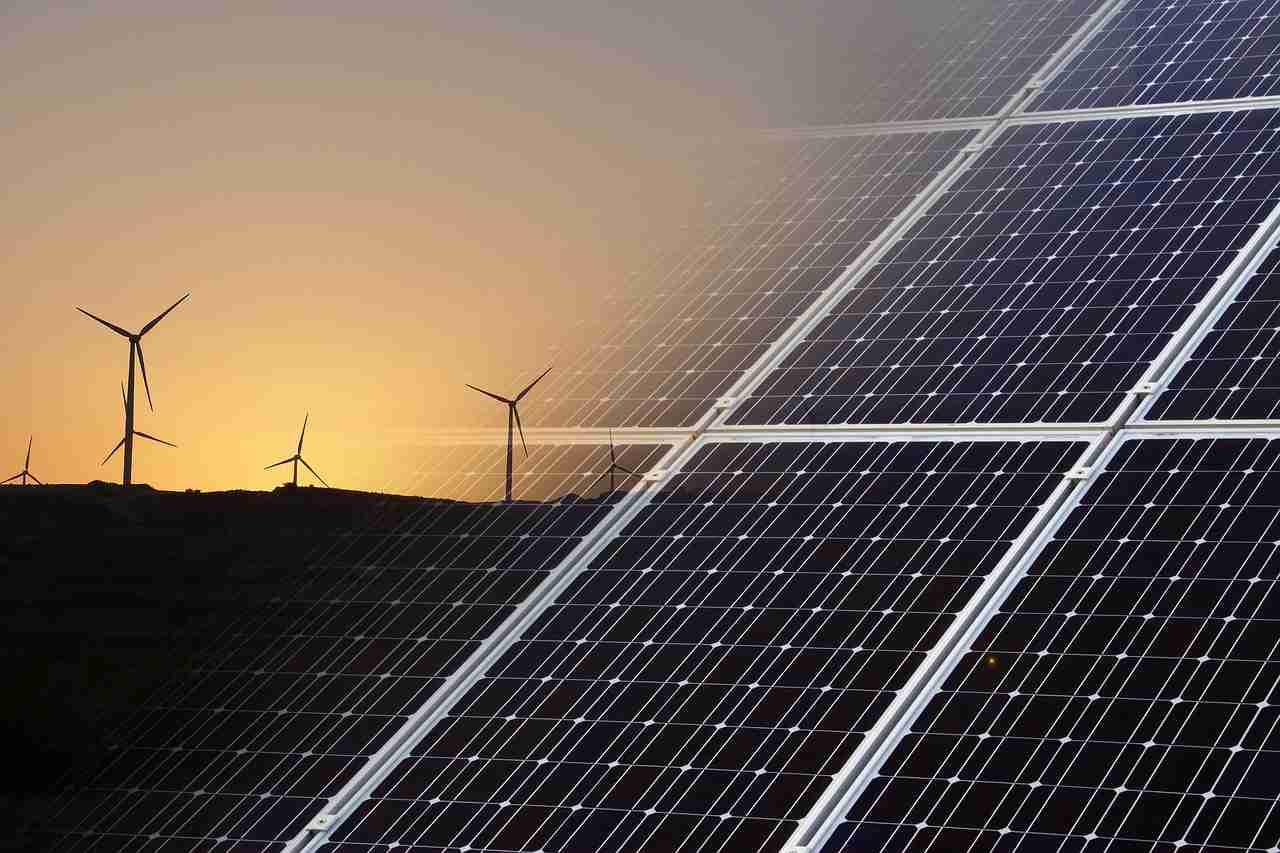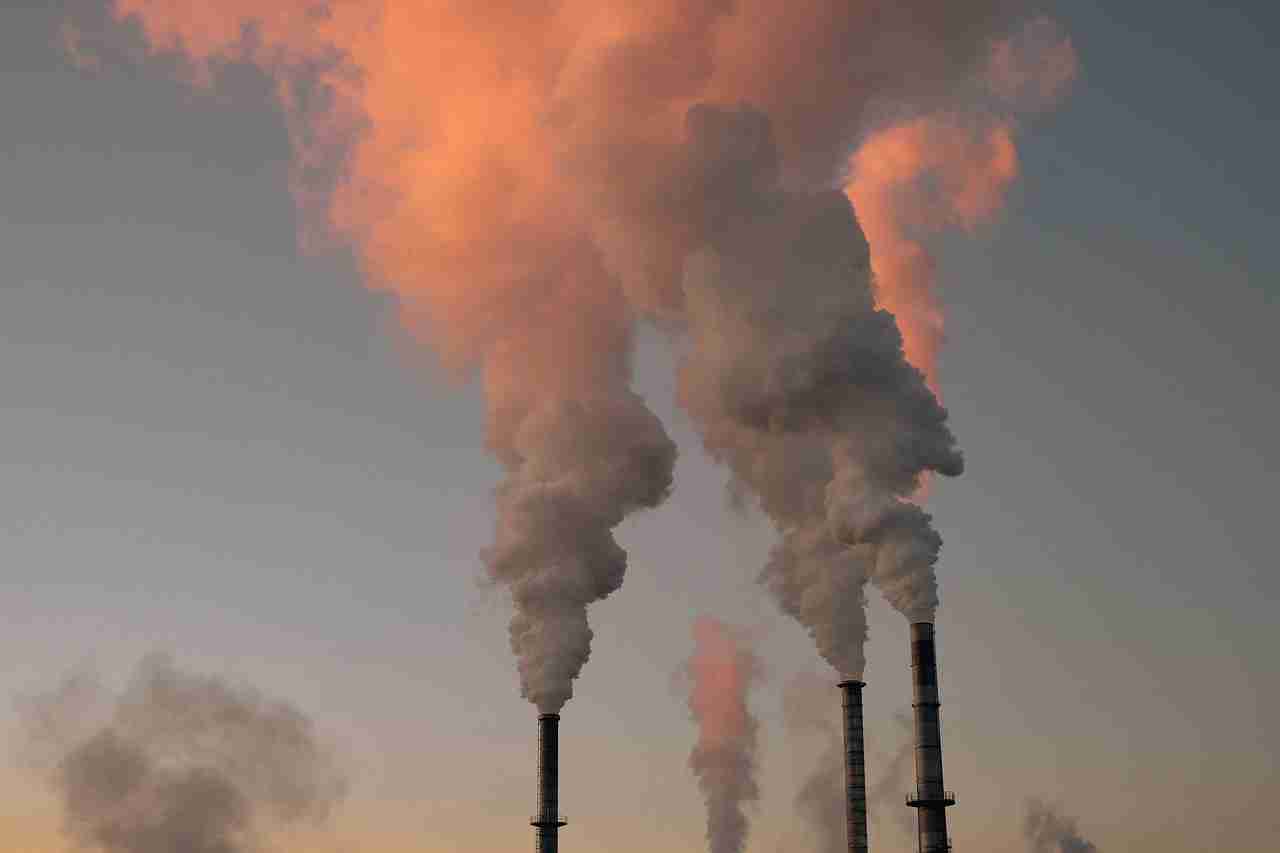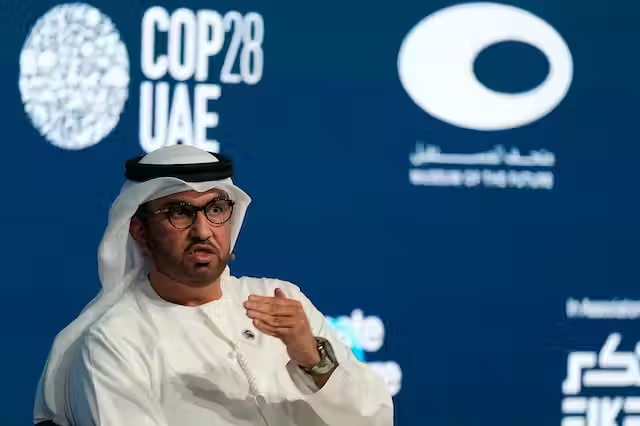Renewable Energy Insights
What Happened At COP28?
‘We are living through climate collapse in real time….Earth’s vital signs are failing…but it’s not too late’
– Antonio Guterres – UN Secretary General
As has become tradition, the 28th Conference of the Parties (COP28) began with stark words from Antonio Guterres. The eyes of the world were firmly on the U.A.E to make significant progress in the fight against climate change, as the world reaches a tipping point in terms of global warming.

For just under 2 weeks, between 30th November and 13th December 2023, over 97,000 delegates from across the globe convened in Dubai to discuss a range of climate topics and ultimately the world’s plan to keep global warming under 1.5 degrees.
Ahead of the conference, the COP Presidency made many bold claims as to what they would achieve over the course of the event. Acceleration of the energy transition, removing financial red tape and making inclusivity the ‘foundation’ of the conference were among their key promises. You can read more about their aims ahead of the conference here.
After what appeared to be a momentous first day, with a key decision on the loss and damage fund taken within hours, optimism for the rest of the conference was high. However, the pace of action seemed to dwindle over the following 10 days, until the final negotiations began on the 11th December. COP28 was also plagued by several controversies, mainly those centred on the COP President Sultan Ahmed Al Jaber and the presence of a record number of oil and gas companies at the discussions.
In this article, the Institute will look at the key outcomes of the conference and their impact on our fight against climate change. We will assess whether COP28 managed to achieve its aims and to what extent the controversies surrounding the event may have had an impact.
What Was Achieved?
Finance
On the very first day of COP28, a huge step forward was taken in relation to the ‘Loss and Damage Fund,’ initially brought into existence at COP27. While the fund had been agreed upon during the previous year’s negotiations, as a step towards supporting those nations most at risk of the adverse effects of climate change, 2023 had so far seen little progress on launching the fund and distributing any money.
However, by the end of the first day of negotiations at COP28, the World Bank had been named as the host for the fund and several nations had committed to providing voluntary economic aid. As of the end of the conference, approximately $700 million had been pledged towards the fund. The amounts pledged ranged vastly and were not necessarily linked to a nation’s size, GDP or overall contribution to emissions.
Pledges included:
France: $108 million
Italy: $108 million
United Arab Emirates: $100 million
Germany: $100 million
United Kingdom: $76 million
United States: $17.5 million
Japan: $10 million
While the progress made on day one of the conference was both momentous and historic, critics argued that the impact of these pledges was far too small. According to reports, the $700 million raised will only cover approximately 0.2% of the funds needed to compensate the nations impacted. It is thought that as much as $580 billion a year is required for this fund to have a meaningful impact.[1]
More broadly in terms of finance, the U.A.E launched a fund for Global Climate Solutions, providing $30 billion a year to help close the climate finance gap, specifically across the Global South. Through the fund, $25 billion will be channelled towards ‘climate strategies’ and $5 billion to incentivise investment flows into the Global South.[2]
The UK also announced a further $2 billion to fund renewable energy projects, green innovation and prevent deforestation.
Australia chose not to pledge towards the Loss and Damage fund, but instead pledged $100 million for the ‘Pacific Resilience Facility.’ This funds climate disaster resilience projects throughout the pacific countries.
The Energy Transition

There was a lot of pressure on COP28 to be the conference that finally led to either a ‘phase out’ or ‘phase down’ of global fossil fuel usage. During previous conferences, delegates had failed to put reduction plans in place or even discuss topics such as coal at all.
Before the conference even began, the effectiveness of COP on this matter was in doubt. With a record number of oil and gas companies in attendance at the conference, as well as reports that COP28 was being used by these companies to secure deals for future expansion, critics were sure that no agreement would be made to reduce use of fossil fuels. COP President Al Jaber further increased worries by seemingly making comments suggesting he did not acknowledge the science behind phasing out fossil fuels.
The first draft of the Global Stocktake, published on 11th December, used the following language:
“Reducing both consumption and production of fossil fuels, in a just, orderly and equitable manner so as to achieve net zero by, before, or around 2050 in keeping with the science.”
While any mention of fossil fuels within the draft text can be considered an achievement, it was clear that the level of urgency hoped for by many was absent. Anger and disappointment from many countries followed the first draft, resulting in the conference carrying on past its scheduled end time as the delegates tried to come to a more acceptable agreement. Eventually, a second draft was agreed upon in which the language was strengthened slightly:
“The countries will contribute…to transitioning away from fossil fuels in energy systems in a just, orderly and equitable manner.”
The new draft and subsequent agreement was welcomed by most countries, although a number of smaller island states and indigenous communities still felt that it did not represent them adequately. The wording of the first Global Stocktake is historic, in that it is the first time that a reduction in fossil fuels has made it into the final agreement at a COP. It is certainly a positive step and a starting point for further discussions. However, it still points towards 2050 as a target date and still does not call for a complete phase out of fossil fuels; as such it may not be strong enough to keep global warming targets within reach.
More widely in terms of renewable energy discussions, on days 2 and 3 of the conference, around 100 countries pledged to treble their use of renewable energy by 2030.[3] Slightly more controversially, 22 countries (including France, the United States, the United Kingdom, South Korea, Hungary, and the Netherlands) signed a declaration to triple the use of nuclear power by 2050.
On the other hand, India made comments that it planned to double its production of coal to 1.5 billion tonnes by 2030. A statement from the Indian Government outlined that coal would remain the country’s main source of energy for the foreseeable future.
Health

COP28 placed a significant emphasis on the impacts of climate change on people’s health. Worrying statistics were reported at the conference regarding the various impacts that climate change can have on people’s wellbeing. A study from the Overseas Development Institute (ODI) states that there have been almost 4,000 lives lost due to climate change fuelled extreme weather events, in the last 20 years.[4] According to the World Health Organization, (WHO) air pollution contributes to 7 million deaths each year.[5] Delegates attending COP28 were able to see for themselves the effects of this pollution, with smog affecting Expo City on a number of days during the event.
In response to these statistics, 123 countries signed the first ever Declaration on Climate and Health. In this declaration the signatories committed to a number of aims designed to highlight the link between climate change and health and ‘transform health systems to be more climate resilient.’
Some of these included encouraging investment in climate and health, allowing for cross sectoral collaboration and sharing of knowledge and research, as well as promoting steps to reduce emissions from the health sector. You can read the full declaration here.
This declaration was heralded as another historic win for the conference, alongside the early progress made on the loss and damage fund. While these decisions can be overshadowed by other discussions at COP, their significance must not be ignored.
Controversy
It is not unusual at all for COPs to be plagued by controversy and this year was no different.
From the outset, COP28 was subjected to criticisms and these remained a shadow over the conference throughout, sometimes garnering more attention than the climate issues being discussed.
Inclusivity and Right to Protest
Ahead of the conference, Sultan Al Jaber claimed that COP28 would be the most inclusive COP ever seen. More delegates than ever before attended from across the world, however, this does not necessarily mean that it was more diverse or inclusive than previous years.
Statistics show that just 38% of attendees at COP28 were women, and that this was just a 1% increase on the year before.[6] Of 133 world leaders who attended the conference, only 15 were female – just 11%.
Representatives of Indigenous groups also felt the conference lacked inclusivity and argued that draft texts, including drafts of the Global Stocktake, mentioned their communities very little.[7]
Reports from The Guardian also emerged that many delegates could not afford interpreters at the conference and therefore were not able to engage fully in discussions or fully understand all negotiations. A clear sign that COP28 did not have inclusivity at its foundation.
Furthermore, climate activists and protestors faced many difficulties in protesting safely. In the final days of the conference, reports even emerged that a 12-year-old climate protestor was detained by COP security for protesting during a UN Plenary session.[8] Amidst a backdrop of restricted freedom of speech in the U.A.E, protests were generally confined to certain areas of Expo City.
Oil and Gas Bias
COP28 was marred from the start by arguments that it could never achieve the progress needed, as it is simply not in the U.A.E’s interest to fight for a phase out of fossil fuels. Combining a host country reliant on oil and gas for much of its income, and a COP President who is CEO of a national oil company was never a recipe for optimism and caused many to assume the conference would achieve little to nothing of consequence.

From the beginning, Al Jaber argued that this was not the case and that he would maintain 1.5 degrees as his ‘north star’ throughout. However, further comments heard throughout the conference seemed to suggest he did not believe in the need to phase out fossil fuels and press conferences held by the Presidency did little to alleviate this.
In the opening days of the conference, reports also emerged that oil and gas companies were using the climate conference to strike deals for future expansion. While the COP Presidency argued these reports were false and produced to undermine both the COP and the U.A.E, it certainly set the tone for the rest of the conference.
Did COP28 Achieve It’s Aims?
As we have seen, the COP Presidency promised acceleration of the energy transition, removing financial red tape and high levels of inclusivity at COP28.
With targets in place to reduce fossil fuel usage by 2050, it certainly cannot be said that COP28 succeeded in accelerating the energy transition. However, COP28 was a historic moment in which all countries agreed for the first time to include a transition away from fossil fuels in the language of the text.
Progress made regarding the Loss and Damage fund can be seen as removing financial red tape, however, time will tell over the next year and beyond as to how effective the amount pledged will be.
More delegates attended COP in 2023 than ever before, however worrying reports arose throughout the conference regarding access to interpreters and opportunity for safe protest. As such, the Presidency did not fulfill their promise of an inclusive COP.
Overall, important discussions were had and historic agreements were made. Finally, it has been officially recognised that we need to take steps towards moving away from fossil fuels. However, it does feel like the conference could have achieved more. In this context, the presence of record numbers of oil and gas companies at the conference becomes all the more frustrating. At times, the various controversies seemed to overshadow the more important issues. Comments from certain countries, such as India embracing an expansion of coal use, also added a sense of futility.
Nevertheless, we must not lose hope and must embrace the actions that were taken. Steps forward are made in renewable and green innovation every day and COP is not the only sphere in which progress towards fighting climate change can be made.
The renewable energy sector needs trained professionals now more than ever to be part of the fight against climate change. The Renewable Energy Institute offers a range of accredited courses, covering a wide array of renewable and green technologies. Find out more today and start your journey into the renewables sector.

[1] https://www.theguardian.com/environment/2023/dec/06/700m-pledged-to-loss-and-damage-fund-cop28-covers-less-than-02-percent-needed
[2] https://www.reuters.com/business/environment/cop28-uae-president-announces-30-bln-fund-bridge-climate-finance-gap-2023-12-01/
[3] https://www.reuters.com/sustainability/climate-energy/over-110-countries-set-join-cop28-deal-triple-renewable-energy-2023-12-02/
[4] https://odi.org/en/topics/cop28/
[5] https://www.who.int/health-topics/air-pollution
[6] https://www.carbonbrief.org/analysis-which-countries-have-sent-the-most-delegates-to-cop28/
[7] https://www.energymonitor.ai/policy/just-transition/indigenous-leaders-decry-lack-of-inclusion-in-cop28-negotiations-new-report-shows-climate-funds-evaporate-before-reaching-them
[8] https://www.independent.co.uk/climate-change/news/cop28-protest-climate-activist-licypriya-kangujam-b2462389.html

